Morena Colombi, from Truccazzano, a small town near Milan, was among the first people in Italy to test positive for Covid-19 and knows only too well the impact of the virus. The 59-year-old suffered a mild initial illness, but months after being declared recovered she is among Italy’s post-Covid ‘long-haulers’ – struggling daily with muscle pain, chronic tiredness and occasional memory loss.
“My real problems have been what the virus left behind,” she said. “And this was something that nobody expected.” The lingering effects of a tough two-month lockdown and the horror experienced at the height of the emergency – when the country held one of the highest death tolls in the world – may however help to explain why Italy, the first European country to be hit by an outbreak, appears to be more successful than its neighbours in containing a resurgence. On Tuesday, it recorded 1,392 new cases compared with 10,799 in Spain, 10,088 in France and 4,926 in the UK.
The majority of Italians still diligently follow safety rules, even wearing face masks outside even though it is not compulsory. Images of people being treated in intensive care units in overwhelmed hospitals and coffins piling up in churches and being transported in army trucks away from Bergamo, the worst-hit city, as morgues struggled to cope, are firmly etched into the national psyche.
“I don’t know what the impact of the outbreak was like on people in other countries, but in Italy it was devastating,” said Colombi. “Yes, you do have virus deniers here too, but I think this is why most people are being careful – what we experienced was so strong that nobody wants to go through that ever again.”
Gloria Taliani, a doctor of infectious diseases in the Emilia-Romagna city of Piacenza, said the population had also been “totally awakened” by the continuous information about the virus and its consequences, including on those who had mild symptoms such as Colombi.
Italian scientists are consistently asking themselves why Italy is faring better than other European countries, at least at the moment. Italians have been mindful of safety rules but they are equally as sociable as the Spanish – gathering outside bars and eating in restaurants. Beaches were packed during the summer, as were areas with low rates of infection where holidaymakers flocked. There was tension in mid-August when the otherwise stable daily rate of infections surged, mostly due to imported cases and outbreaks in nightclubs, but the spread of the virus was once again brought back under control. There are currently over 2,300 clusters across the country.
Other than the widespread adoption of safety rules, Andrea Crisanti, a professor of microbiology at the University of Padua, said Italy’s testing and tracing system sets it apart.
“There is a lot of debate about such systems but without powerful information it is not so efficient because people do not necessarily recall where they have been or people they have met,” he said.
The Italian approach has been to test everyone within the social network of an infected person – their families, friends, colleagues, neighbours – regardless of whether they have been exposed. This has enabled Italy to uncover thousands of asymptomatic cases.
“It allows us to identify who has transmitted the infection and identify new infections – this makes a dramatic difference,” said Crisanti.
He added that testing at numerous drive-in centres and airports has also helped – all those arriving from at-risk countries must undergo swab tests, while passengers flying between Rome and Milan have to present negative results for coronavirus as part of an experiment that could soon be rolled out on international flights.
“However, I’m not sure how sustainable this will be on a large scale, especially with increased air transit. The best thing would be to implement reciprocal agreements with different countries – this is what we’ll need in the future.”
Giuseppe Ippolito, scientific director at Rome’s Lazzaro Spallanzani hospital, also puts the stability in Italy down to the broad surveillance and containment system, but warns that the impact of the schools reopening on 14 September and resumption of economic activity after the holidays won’t be known for another two weeks. Since Sunday, football stadiums have been allowed to welcome back a maximum of 1,000 spectators.









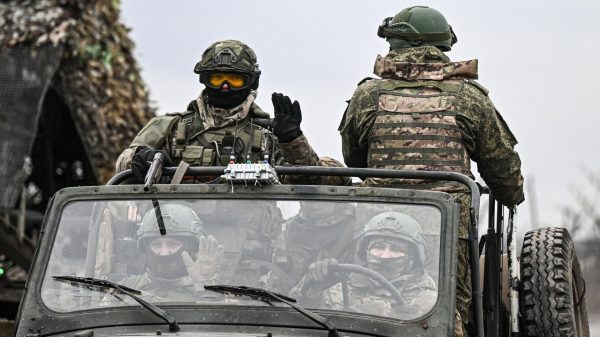
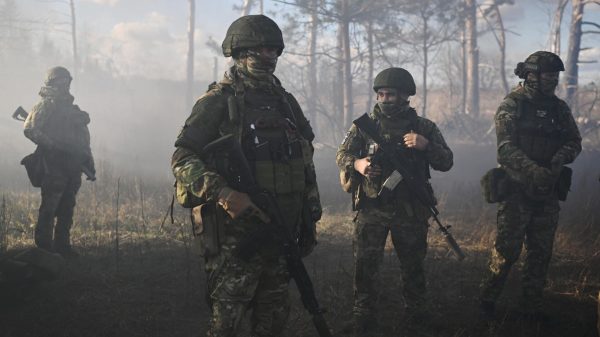









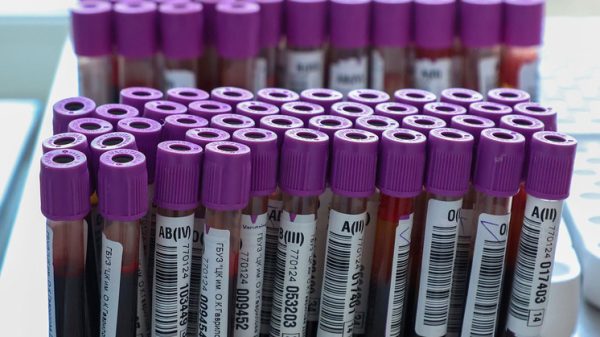















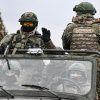
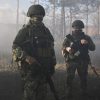

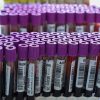















Свежие комментарии